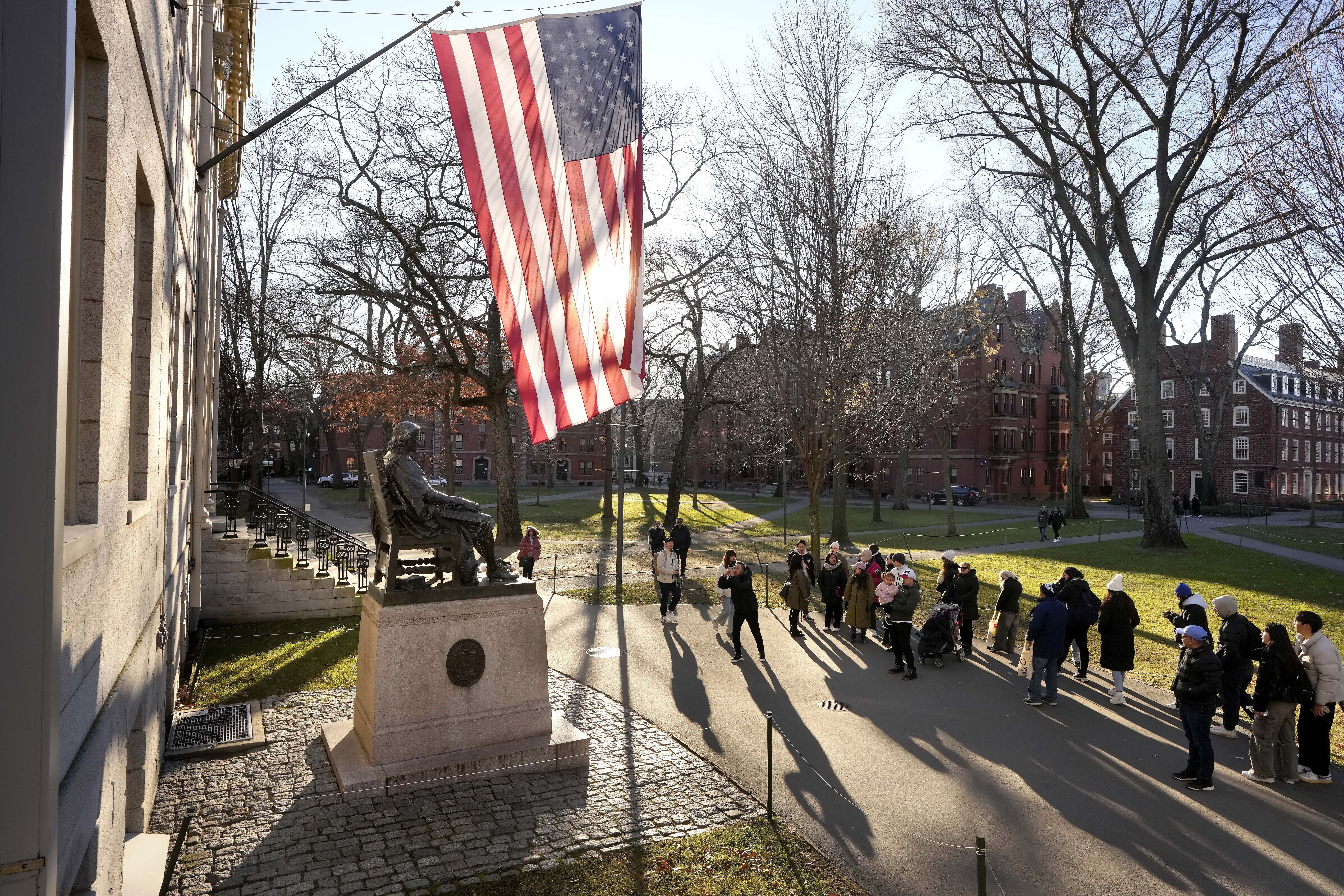
Last June, the Supreme Court struck down the use of affirmative action in college admissions with a 6-3 decision. The court held that Harvard and the University of North Carolina's admissions programs, which had accounted for race at various stages in the process, violated the Equal Protection Clause of the Fourteenth Amendment to the U.S. Constitution.
One year later, students applying to post-secondary schools are navigating a new landscape. Some universities have reconsidered all ways they use race as a factor in light of the ruling.
David Jiang, an 18-year-old student whose parents immigrated from China more than 20 years ago, had Harvard University as his dream school. He decided to lean into his Chinese American heritage in his application. However, Harvard cannot consider race as part of a student's application but students can still share that information in their essays.
Queens University paused their Board of Trustees meeting to acknowledge the loss of a defining piece of each student's story and identity after the ruling. Many selective universities have boosted outreach efforts by offering college courses to high school students, such as the National Education Equity Lab which has expanded to 31 states and 120 school districts.
A year after the ban on race-conscious admissions, applications from Black and Hispanic students have increased by 9 percentage points and 10 percentage points respectively. Some colleges want to make sure they are in compliance with the law.
Harvard spent $25 million to defend affirmative action in court, framing it as essential for their educational mission and student success. However, reducing or eliminating ALDC preferences could have increased diversity at Harvard and other colleges without violating the equal protection clause but was not pursued.
Reducing or eliminating ALDC preferences mostly benefits affluent white people. The principle of race-neutrality is being felt more subtly at universities like Queens that accept more applicants than they turn away.
The Supreme Court decision has left some students and educators concerned about the impact on diversity in education. Some argue that the ruling could lead to a less diverse student body, while others believe it will level the playing field for all applicants.







